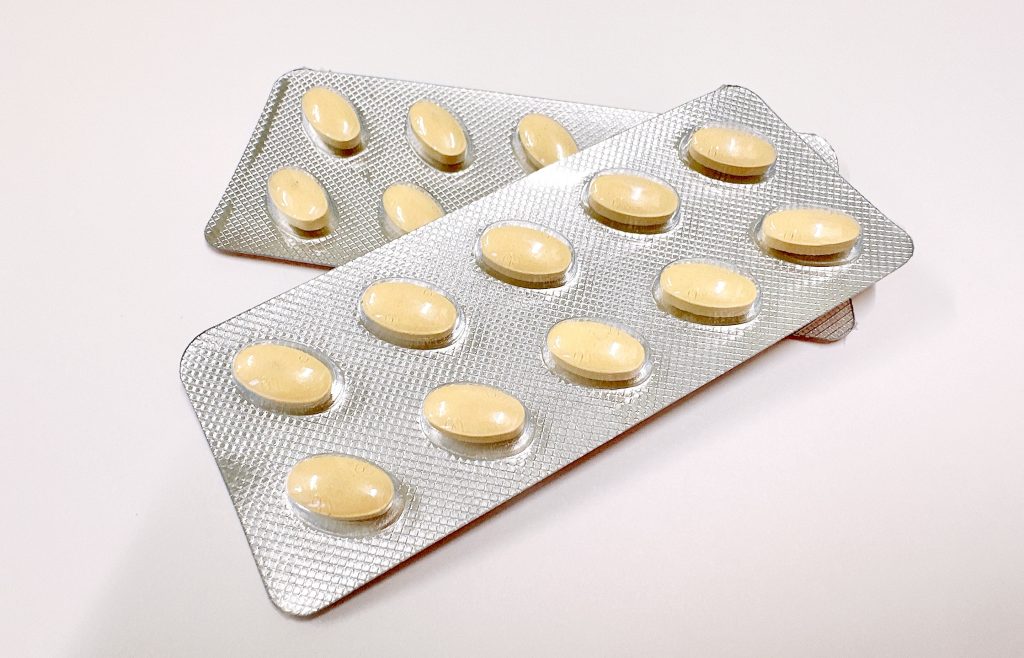この記事の概要
Is there a link between ED (erectile dysfunction) and STDs (sexually transmitted diseases)? Sexually transmitted diseases can cause ED, and the presence of an STD can also affect sexual function. The relationship is discussed in more detail below.
is a link between ED (erectile dysfunction) and STDs (sexually transmitted diseases).Sexually transmitted diseases can cause ED, and the presence of an STD can also affect sexual function. Below is a detailed explanation of the relationship between the two.

How STDs cause ED
- Physiological effects.
- Certain sexually transmitted infections can cause inflammation of the penis and pelvic area. For example, gonorrhea and chlamydia can cause urethritis, which can lead to painful erections and difficulty maintaining them.
- Sexually transmitted diseases such as syphilis can destroy blood vessels, which can affect blood flow to the penis and cause ED.
- Psychological effects.
- Stress and anxiety from being diagnosed with an STD can affect sexual performance. Fear and low self-esteem can cause decreased libido and ED.
- Behavior Change:
- If a person feels at risk for sexually transmitted diseases or finds out that he or she has an STD, he or she may avoid sexual activity itself. This can lead to decreased sexual activity and ED.
Prevention and Countermeasures
- Routine examinations and treatments:
- Early detection and proper treatment of sexually transmitted diseases is important. If infection is suspected or there are multiple partners, regular STD testing is recommended.
- Appropriate sexual activity:
- Safe sexual practices, including the use of condoms, can reduce the risk of sexually transmitted diseases.
- Communication with partners:
- Having an open dialogue about sexual health allows both parties to feel comfortable with each other’s sexual activity.
Since ED can be caused by sexually transmitted diseases, maintaining good sexual health can help prevent ED. If symptoms of ED are observed, it is important to consult a urologist or STD specialist for proper diagnosis and treatment.
Sexually Transmitted Diseases (STDs) are diseases transmitted through sexual activity. Here is a list of the major STDs and the typical symptoms of each.
1. Chlamydia
- Symptoms: Most cases do not produce symptoms, but when they do, they include pain when urinating, discharge from the vulva, and in women, irregular bleeding and painful intercourse.
2. Gonorrhea
- Symptoms: pain when urinating, yellow or green discharge, sore throat (when sexually transmitted orally).Symptoms may not appear in both men and women.
3. Syphilis
- Symptoms: In the early stages, painless ulcers (shankles) appear on the genitals and around the mouth. As the disease progresses, a rash, muscle aches, and fever are seen.
4. Human papillomavirus (HPV)
- Symptoms: Often asymptomatic, but some types cause genital and anal warts (condyloma acuminatum). It is also associated with the risk of cervical cancer.
5. Herpes (herpes simplex)
- Symptoms: painful blisters and ulcers appear on the genitals and around the mouth. It is characterized by recurrence.
6. HIV/AIDS
- Symptoms: Initial infection may cause flu-like symptoms, but the disease often progresses asymptomatically. Over time, the immune system is weakened, making the patient susceptible to a variety of infections and cancers.
7. Trichomoniasis
- Symptoms: In women it is characterized by vaginal itching, pain, and a frothy, foul-smelling discharge. In men, most are asymptomatic, but sometimes there is an irritating sensation during urination.
8. Hepatitis (B and C)
- Symptoms: Most are asymptomatic, but fatigue, jaundice, and abdominal discomfort may occur. It can be transmitted sexually, but is primarily transmitted through the bloodstream.
These diseases can cause serious health problems if not properly treated. Safe sexual practices, regular testing, and open communication with your partner are important to prevent sexually transmitted diseases. If symptoms are present or cause concern, a visit to a health care provider for professional advice is recommended.










